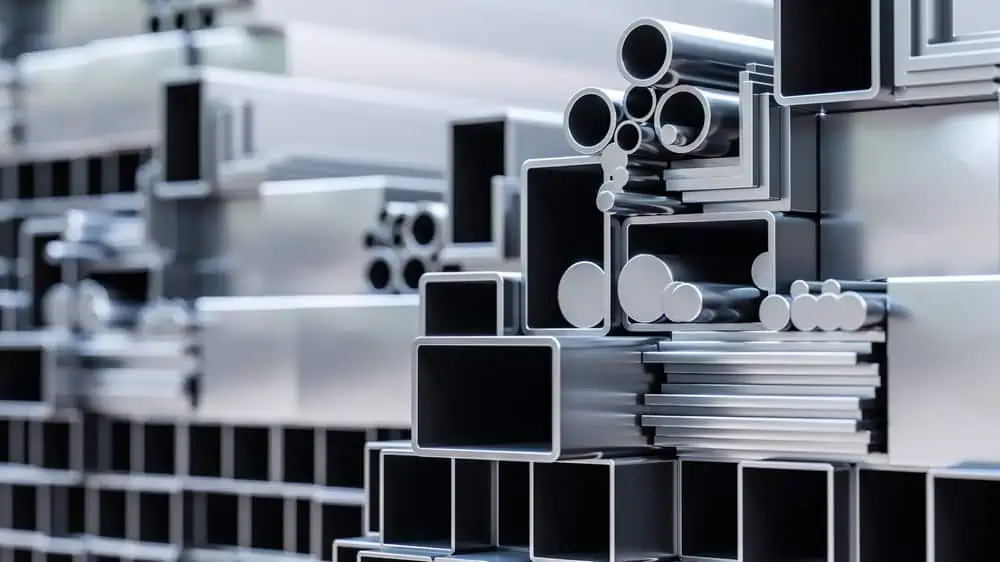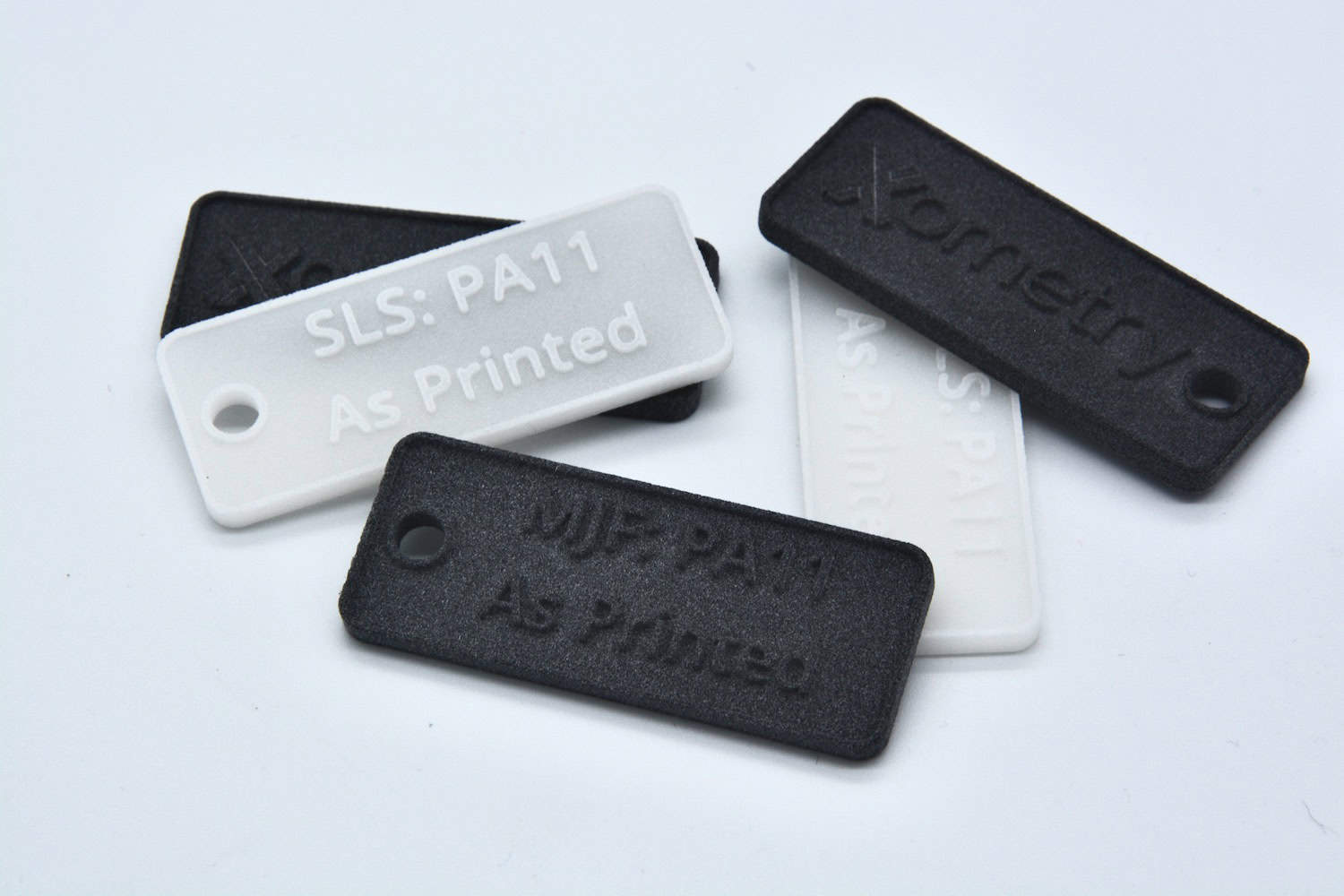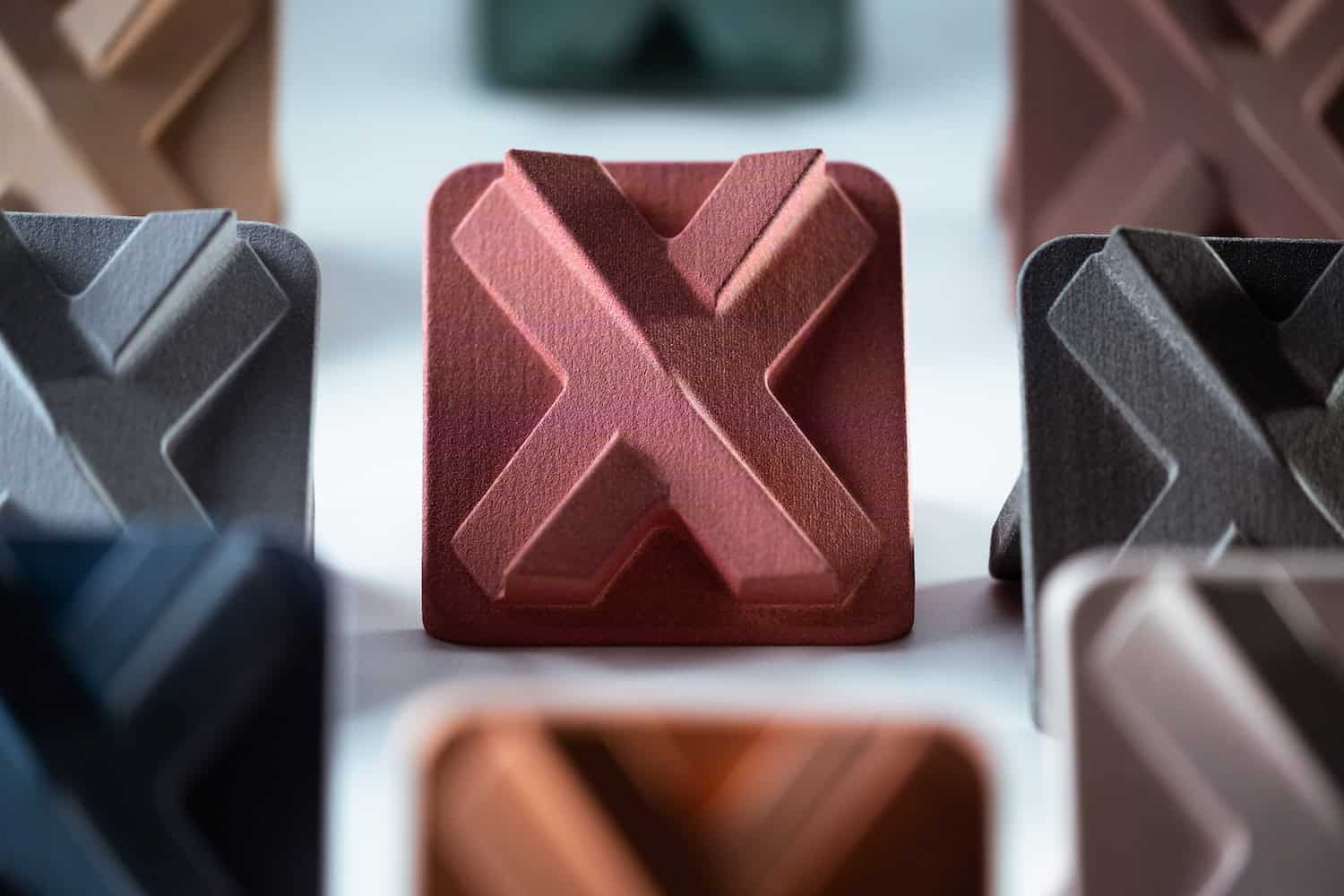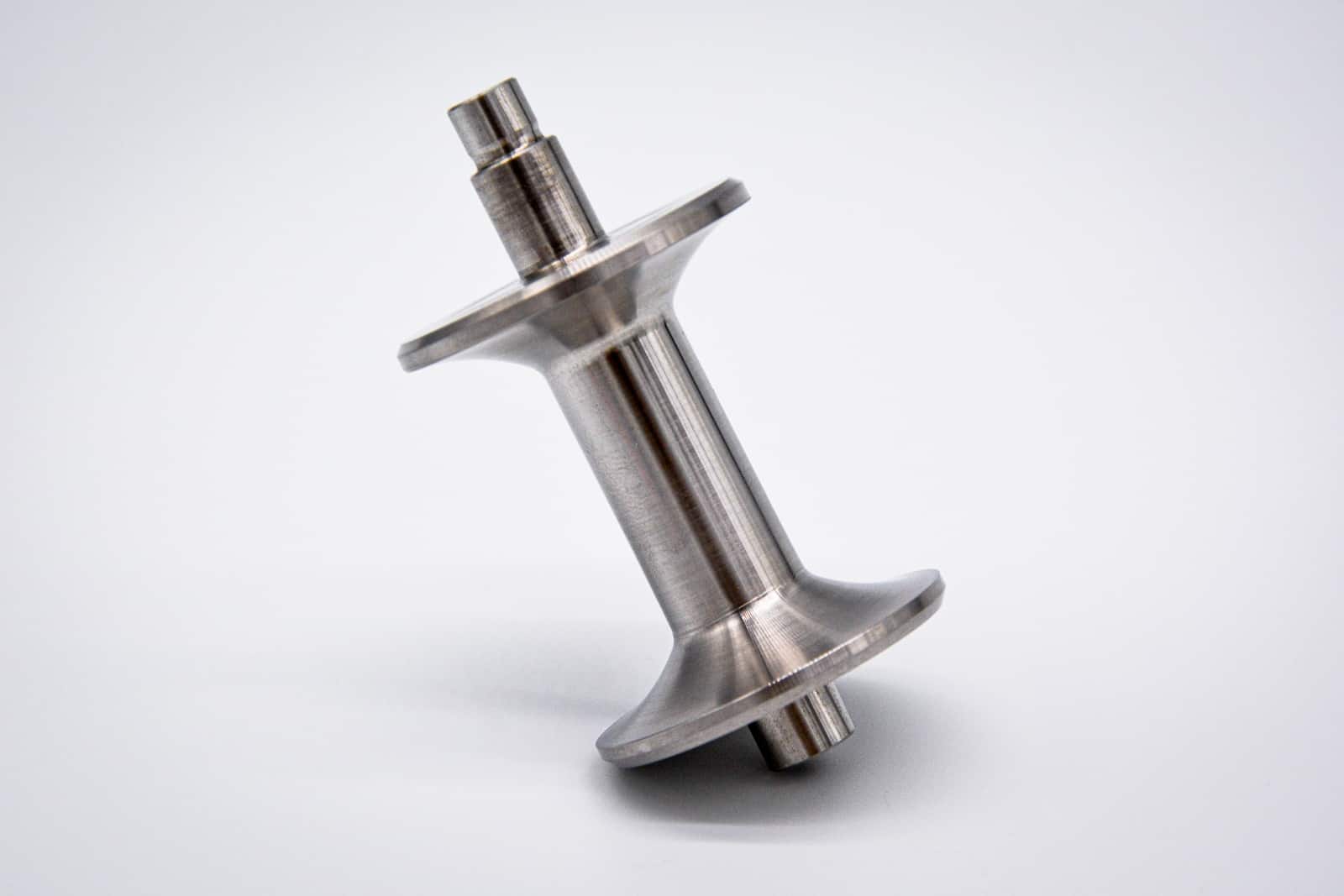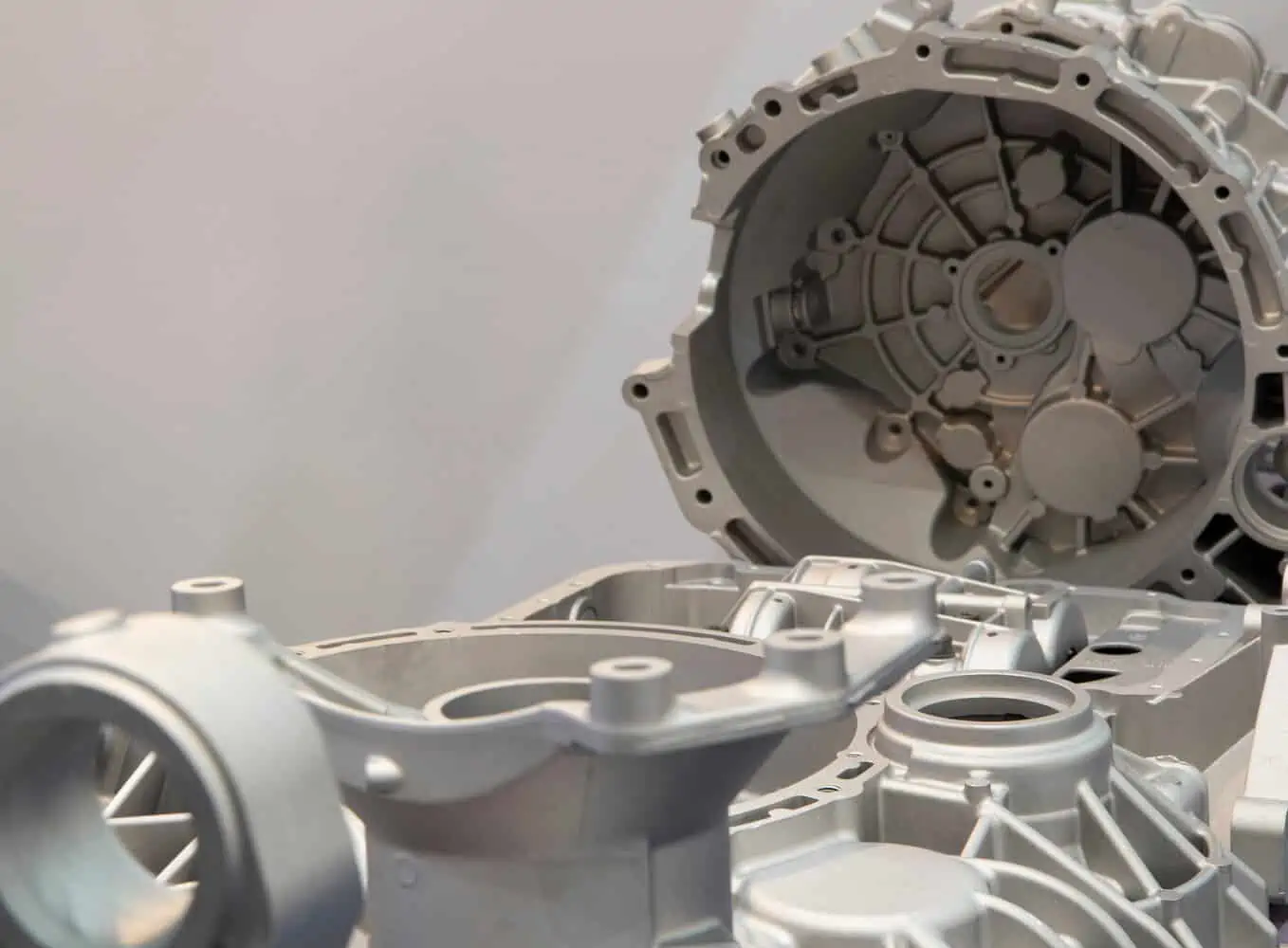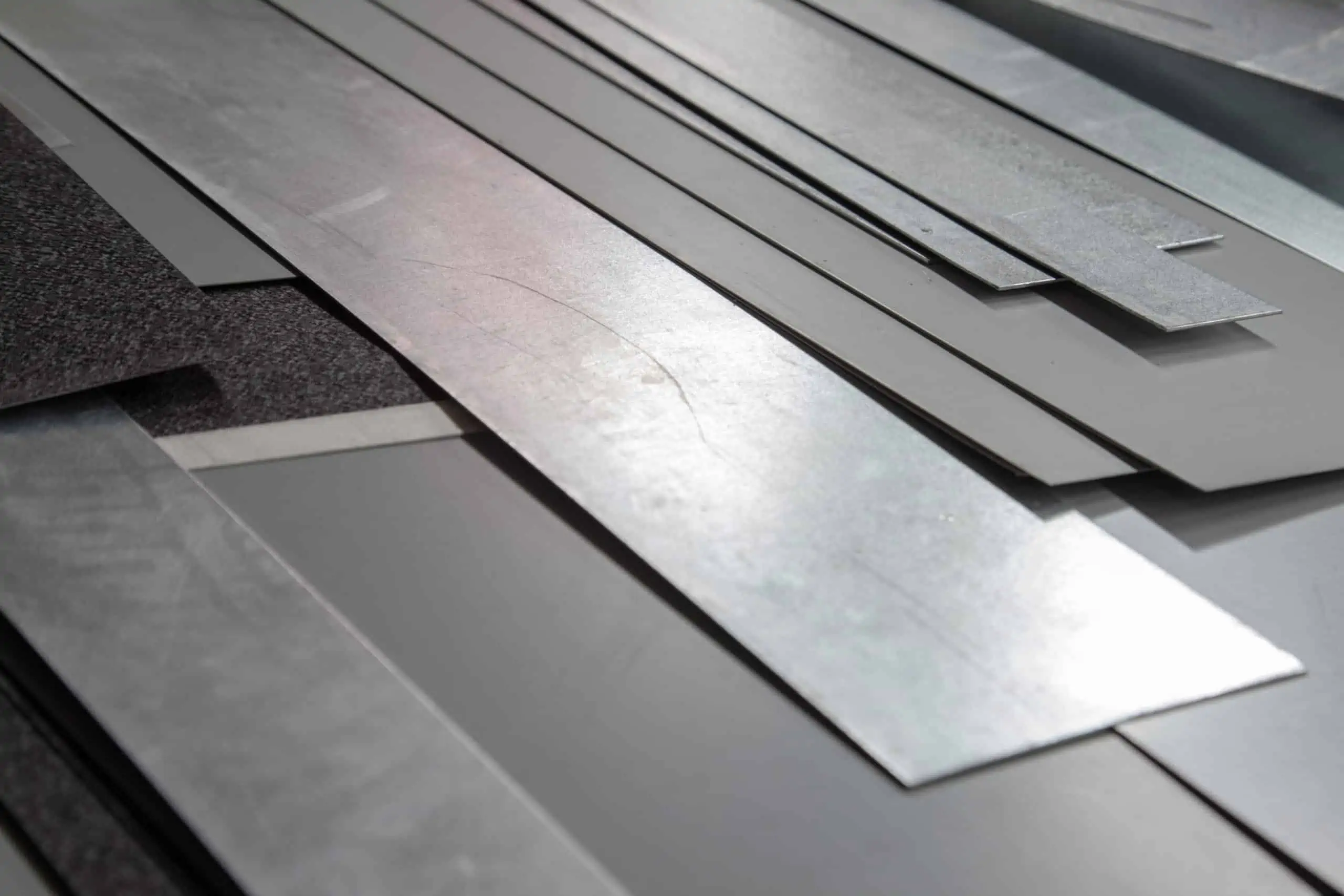There is a lot of different steel grades as well as designation standards that are used depending on countries, company’s traditions and engineering practices. In order to simplify the communication process we’ve gathered the most popular steel and stainless steel grades and indicated how they cross reference with each other.
Stainless Steel Grades: Cross-reference
| DIN (Germany) | ISO | AISI (USA) | SAE | UNS | AFNOR (France) | BS (Great Britain) | UNE (Spain) | SIS (Sweden) | UNI (Italy) | JIS (Japan) |
| 1.2083 | X40Cr14; X42Cr13 | 420 | 420 | S42000 | Z40C14 | 420S37 | 2303 | SUS420J2 | ||
| 1.2085 | X33CrS16 | 422 + S | 423 + S | S42000 | Z35CD17.S | 420S37 | 2303 | SUS420J2 | ||
| 1.2316 | X38CrMo16 | 422 | 422 | S42200 | Z35CD17 | X38CrMo16KU | ||||
| 1.4021 | X20Cr13 | 420 | 420 | S42000 | Z20C13 | 420S37 | 2303 | X20Cr13 | SUS420J1 | |
| 1.4034 | X46Cr13 | 420 | 420 | S42000 | Z40CM | 420S45 | F.3405 | 2304 | X40Cr14 | |
| 1.4057 | X17CrNi16-2 | 431 | 431 | S43100 | Z6CNi6.02 | 431S29 | 2321 | X16CrNi16 | SUS431 | |
| 1.4104 | X14CrMoS17 | 430F | 430F | S43020 | Z10CF17 | 441S29 | F.3117 | 2383 | X10CrS17 | SUS430F |
| 1.4112 | X90CrMoV18 | 440B | 440B | S44003 | Z90CDV18 | SUS440B | ||||
| 1.4122 | X39CrMo17-1 | Z38CD 16-01 | ||||||||
| 1.4301 | X5CrNi18.10(V2A) | 304 | 304 | S30400 | Z6CN18.09 | 304S15 | F.3551 | 2332 | X5CrNi1810 | SUS304 |
| 1.4305 | X10CrNiS18-9; X8CrNiS18-9 | 303 | 303 | S30300 | Z8CNF18-09 | 303S31 | 2346 | SUS303 | ||
| 1.4313 | X3CrNiMo13-4 | 415 | 415 | S41500 | Z6CN13-04 | 2385 | SUS Ti6NM | |||
| 1.4404 | X2CrNiMo17-12-2 | 316L | 316L | S31603 | Z2CND17.12 | 316S12 | 2343/ 2348/ 2553 |
X2CrNiMo1712 | SUS316 | |
| 1.4435 | X2CrNiMo18-14-3 | 316L | 316L | S31603 J92800 | Z2CND17.12 | 316S13 | 2353 | X2CrNiMo1712 | SCS16 | |
| 1.4462 | X2CrNiMoN22-5-3 | 318LN | 318LN | S32205^2 | Z3CND22-05Az | 318S13 | 2377 | SUS329J3L | ||
| 1.4539 | X1NiCrMoCu25-20-5 | 904L | 904L | N 08 904 | Z2 NCDU 25-20-5 | 904S13 | QS2025MC | |||
| 1.4541 | X6CrNiTi18-10 | 321 | 321 | S32100 | Z6CNT18.10 | 321S12 | F.3553F.3523 | 2337 | X6CrNiTi1811 | SUS321 |
| 1.4542 | X5CrNiCuNb16-4 | 630 | 630 | S17400^3 | Z7 CNU 16-04 | SUS630 | ||||
| 1.4571 | X6CrNiMoTi17-12-2 | 316Ti | 316Ti | S31635 | Z6NDT17.12 | 320S17 | F.3535 | 2350 | X6CrNiMoTi1712 | SUS316TI |
| 1.4828 | X15CrNiSi20-12 | 309 | 309 | S30900 | Z15CNS20.12 | 309S24 | SUH309 | |||
| 1.4841 | X15CrNiSi25-21 | 314 | 314 | S31400 | Z15CNS25-20 | |||||
| 1.6587 | 18CrNiMo7-6 | 18NCD6 | 820A16 | 14NiCrMo13 | ||||||
| 1.7131 | 16MnCr5 | 5115 | 5115 | 16MC5 | 527M20 | 16MnCr5 | 2511 | 16MnCr5 | SCR415 | |
| 1.7139 | 16MnCrS5 | 5117 | 5117 | 16MC5 | 16MnCr5-1 | SS2127 | 16MnCr5 | |||
| 1.7225 | 42CrMo4 | 4140 | 4140 | 42CD4 | 708M40 | 42CrMo4 | 2244 | 42CrMo4 | SCM440(H) | |
| 1.7227-QT | 42CrMoS4 | 709M40-QT | ||||||||
| 1.8519-QT | 31CrMoV9-QT | 1.8519-QT | ||||||||
| 1.855 | 34CrAlNi7-10 | 1.855 |
Carbon, Alloy and Tool Steel Grades: Cross-reference
| DIN (Germany) | ISO | AISI (USA) | SAE | UNS | AFNOR (France) | BS (Great Britain) | UNE (Spain) | SS (Sweden) | UNI (Italy) | JIS (Japan) |
| 1.0570 | St52-3; S355J2G3 | 1024 | 1024 | G10240 | E36-3 | 50D | AE355D | 2135-01 | Fe510 | SM490 |
| 1.0503 | C45 | 1045 | 1045 | G10450 | AF65C45/C45 | 080M46/50HS | C45K | 1650 | C45 | S45C |
| 1.0715 | 9SMn28K, 11SMn30 | 1213 | 1213 | G12130, G12150 | 230M07 | CF9SMn28 | SUM22 | |||
| 1.1730 | C45W | 1045 | 1045 | G10450 | XC48 | S50C | ||||
| 1.3505 | 100Cr6 | 52100 | 52100 | G52986 | 100C6 | 535A99/EN31 | 2258 | 100Cr6 | SUJ2 | |
| 1.2365 | X32CrM0V12-28 | H10 | H10 | T20810 | 32CDV12-28 | BH10 | 30CrMoV12-27KU | SKD7 | ||
| 1.2367 | X38CrMoV5.3 | H10 | H10 | T20810 | Z38CDV5 | BH10 | SKD7 | |||
| 1.2343 | X38CrMoV5.1 | H11 | H11 | T20811 | Z38CDV5 | BH11 | X37CrMoV5 | X37CrMoV51KU | SKD6 | |
| 1.2363 | X100CrMoV5 | A2 | A2 | T30102 | Z100CDV5 | BA2 | X100CrMoV5-1KU | SJD12 | ||
| 1.2379 | X155CrVMo12.1 | D2 | D2 | T30402 | Z160CDV12 | BD2 | X155CrVMo12-1KU | SKD11 | ||
| 1.208 | X210Cr12 | D3 | D3 | T30403 | Z200Cr12 | BD3 | X210Cr12 | X210Cr13KU / X250Cr12KU | SKD1 | |
| 1.255 | 60WCrV8 | S1 | S1 | T41901 | 55WC20 | BS1 | ¬2710 | 55WCrV8KU | ||
| 1.2311 | 40CrMnMo7 | P20 | P20 | T51620 | 40CMD8 | 35CrMo8K | SKT3 | |||
| 1.2312 | 40CrMnMoS8-6 | P20+S | P20+S | T51620 | 40CMD8.S | 35CrMo8K.S | SKT3 | |||
| 1.2738 | 40CrMnNiMo8-6-4 | P20 + Ni | P20 + Ni | T51620 | 40CMND8 | |||||
| 1.2764 | X19NiCrMo4 | P21 | P21 | T51621 | NAK80 | |||||
| 1.221 | 115CrV3- h8 | L2 | L2 | T61202 | 100C3 | 107CrV3KU | SKS43 | |||
| 1.2067 | 102Cr6 | L3 | L3 | T61203 | Y100C6 | BL3 | 100Cr6 | SUJ2 | ||
| 1.2714 | 56NiCrMoV7 | L6 | L6 | T61206 | 55NCDV7 | BH224/5 | SKT4 | |||
| 1.0037 | St37-K; S235JR | A283 | A283 | A 33 | A 310-0 | Fe360 B | SN490B; C | |||
| 1.2099 | X5CrS12 | |||||||||
| 1.2162 | 21MnCr5 | SUS420J2 | ||||||||
| 1.2294 | ~X5CrS12 | |||||||||
| 1.2344 | X40CrMoV5.1 | H13 | H13 | Z40CDV5 | BH13 | X40CrMoV5 | 2242 | X40CrMoV5-1KU | SKD61 | |
| 1.2358 | 60CrMoV18-5 | |||||||||
| 1.2436 | X210CrW12 | X210CrW12-1 | X210CrW12 | 2313 | 215CrW12-1KU | SKD2 | ||||
| 1.2709 | X3NiCoMoTi18-9-5 | 1.2709 | ||||||||
| 1.2721 | 50NiCr13 | OH251 | OH251 | ¬2550 | ||||||
| 1.2746 | 45NiCrMoV166 | OH250 | OH250 | |||||||
| 1.2767 | 45NiCrMo16 | 6F7 | 6F7 | 45NCD16 | 40NiCrMoV16KU | SNCM2 | ||||
| 1.2826 | 60MnSiCr4 | |||||||||
| 1.2842 | 90MnCrV8 | O2 | O2 | 90MnV8 | BO2 | 90MnVCr8KU | ||||
| 1.2892 | PHXSupra | |||||||||
| 1.299 | ~X100CrMoV8-1-1 | 1.299 | ||||||||
| 1.2999 | ~X45MoCrV5-3-1 | 1.2999 | ||||||||
| 1.3343 | S6-5-2; HS6-5-2 | M35 | M35 | Z85WDCV | BM2 | 2722 | HS6-5-2-5 | SKH9; SKH51 |
Differences between designation standards
DIN (Germany)
DIN stands for Deutsches Institut für Normung eV (German Institute for Standardization). This standard uses the letters DIN, followed by alphanumeric codes or figures representing chemical composition, for designation of steels and steel alloys.
AISI
AISI stands for American Iron and Steel Institute, an association of North American steel producers. They are in charge of steel standards, and some companies use the AISI standards to regulate what they produce. AISI uses a basic four-digit system to show the chemical composition of carbon and alloy steels. The first digit indicates the main alloying element, The second digit of the series indicates the top grade element, and The last two digits of the series indicate the carbon concentration in percentage.
Stainless Steels are designated using a three-digit system which sometimes uses letters to indicate alloying elements. The first letter indicates the series to which the steel belongs.
SAE
SAE stands for Society of automotive engineers, is a professional association and standards development organization for the engineering industry. Like AISI, it uses a four-digit system to represent the chemical composition of alloy steels and a three-digit system to represent Stainless Steel.
UNS
UNS stands for Unified Numbering System, it is a unified identification for metals and alloys of metals popular in the USA. It consists of a single-letter prefix followed by five digits representing a materials composition. In most cases the letter is suggestive of the family of metals identified. For steel and steel alloys, letters S- for Stainless Steels, G- Carbon and alloy steels, and T- Tool steels, depending on the material and its composition.
AFNOR (France)
AFNOR Stands for Association Française de Normalisation, which means French Standardization in English. AFNOR is a French organization for standardization. It uses the following specification for designation of steel alloys:
- First figures representing the carbon content.
- Letters showing the main alloying element.
- Following figures expressing the content of the first material on the list.
For steel, stainless grades were designated by Z, and then the figure following the letters would indicate the percentage of the element.
BS (Great Britain)
BS stands for British Standards; these standards are developed by the British standard institute. This standard uses alphanumeric characters to designate steel alloys. For stainless steels the first three digits in the British system are the AISI numbers, followed by the letter S, for stainless, and two digits to indicate modification.
UNE (Spain)
UNE stands for Asociación Española de Normalización, which means Spanish organization for standardization. The UNE is similar to the International Organization for Standardization (ISO), therefore like the ISO, UNE uses chemical composition for designation of steel alloys.
SIS (Sweden)
SIS stands for Swedish Institute of Standards, the official standards organisation in Sweden. This system names Steel alloys using a four-digit numbering system that describes the main alloying elements and composition.
UNI (Italy)
UNI stands for Ente Nazionale Italiano di Unificazione, it is an association that performs regulatory services in Italy. UNI’s designation for steel and aluminum alloys are similar to EN and ISO designations. This body therefore uses chemical composition for designation of steel and alloys.
JIS (Japan)
JIS stands for Japanese Industrial Standards, and are developed by the Japanese Industrial Standards Committee (JISC) in Tokyo. The specifications for designating steel and steel alloys begin with the prefix JIS, followed by a letter, where the letter denotes the area of division such as G- Ferrous materials and metallurgy, A- Civil engineering and architecture, and E- Railway engineering. The letter is followed by four digits which represent the materials composition.
 Europe
Europe  Türkiye
Türkiye  United Kingdom
United Kingdom  Global
Global 

 Login with my Xometry account
Login with my Xometry account  0
0